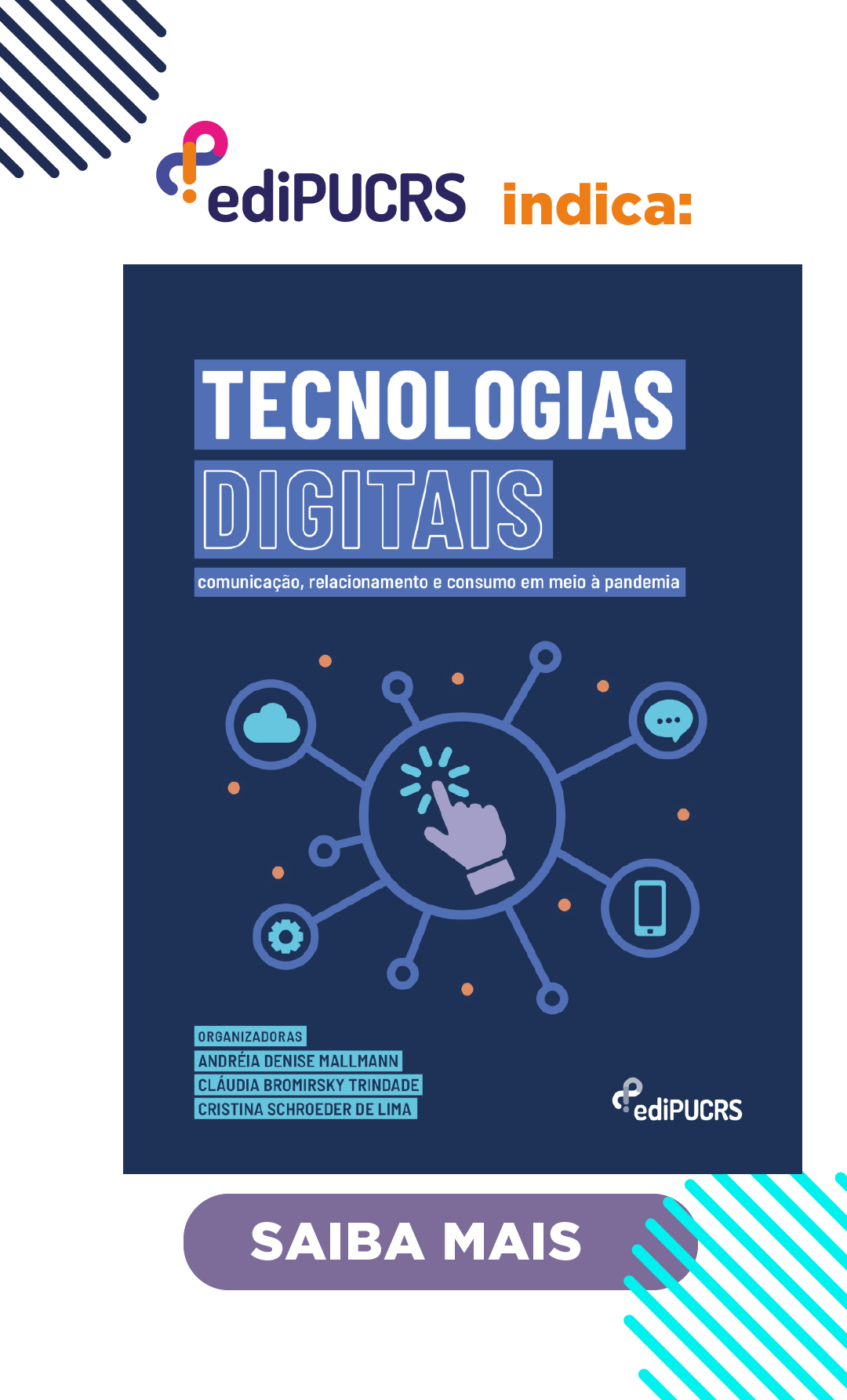Communication Technologies, entertainment and cognitive skills in cyberculture
DOI:
https://doi.org/10.15448/1980-3729.2008.37.4797Keywords:
Cyberculture, cognitive competencies, entertainmentAbstract
The entertainment industry has been revolutionized by the digital midia. We are concerned with these changes because the current entertainment production seems to demand not only mental activities, but also the use of the body and of cognitive forms, irreducible to the content ordinarily used to judge traditional mass culture. How these abilities demand capacitating in many areas, we decided to call them cognitive competencies. The current article aims to investigate which cognitive competencies would be required and stimulated in the communication practices applied by the user to enjoy contemporary entertainment production. A preliminary investigation stimulate us to supose that these practices would be the following: sensorial, logical, creative, social and cybertextual.Downloads
References
AARSETH, E. Cybertext: perspectives on ergodic literature. Baltimore/London: The John Hopkins University Press, 1997.
ADORNO, T; HORKHEIMER, M. Dialética do esclarecimento. Rio de Janeiro: Jorge Zahar Editor, 1985.
ANDERSON, C. The long tail. 2001. Disponível em: http://www.wired.com/wired/archive/12.10/tail.html Acesso em: 15 nov. 2007.
BENJAMIN, W. A obra de arte na era de sua reprodutibilidade técnica. In: Obras escolhidas: magia e técnica, arte e política: ensaios sobre a literatura e a história da cultura. 7. ed. São Paulo: Brasiliense, 1994.
BOLTER, J. D., GRUSIN, R. Remediation: understanding new media. Cambridge, Massachussets, 1998.
CLARK, A. Being there: putting brain, body and world together again. Londo: Bradford Book, 2001.
CLARK, A. Mindware: an introduction to the philosophy of cognitive science. New York/Oxford: Oxford University Press, 2001.
CRARY, J. Suspensions of perception: Attention, spectacle and modern culture. The MIT Press: October Books, 2001.
CRARY, J. Techniques of the observer: On vision and Modernity of the 19th century. October Books, 1992.
DENNETT, D. Kinds of minds. New York: Basic Books, 1996.
ECO, U. A Inovação no seriado. In: Sobre os espelhos e outros ensaios. Rio de Janeiro: Nova Fronteira, 1989.
FELINTO, E. Materialidades da comunicação: por um novo lugar da matéria na teoria da comunicação. Revista Eletrônica Ciberlegenda, n. 5, 2001.
GABLER, N. Vida, o filme. Como o entretenimento conquistou a realidade. São Paulo: Companhia das Letras, 1999.
GAUNTLETT, D. (org). Web.studies: Rewriting media studies for the digital age. London: Arnold, 2000.
JOHNSON, S. Surpreendente: a televisão e o videogame nos tornam mais inteligentes. Rio de Janeiro: Elsevier, 2005.
KOLLOCK, P. SMITH, M. (eds). Communities in cyberspace. London: Routledge, 1999.
LAKOFF, G. JOHNSON, M. Philosophy in the flesh. Nova York: Basic Books, 1999.
MANOVICH, L. Remixing and remixability. 2005. Disponível em: http://www.manovich.net/DOCS/Remix_modular.doc Acesso em: 27 out. 2007.
O'REILLY, T. What is web 2.0. 2005. Disponível em: http://www.oreillynet.com/pub/a/oreilly/tim/news/2005/09/30/what-is-web-20.html Acesso em: 5 out. 2007.
RÉGIS, F. Da cultura de massa à cultura ciber: a complexificação da mídia e do entretenimento popular. In: INTERCOM, 2007, Santos. Anais do VII Encontro dos Núcleos de Pesquisa em Comunicação - NP Tecnologias da Informação e da Comunicação. Santos, 2007.
RÉGIS, F. Tecnologias de comunicação e novas habilidades cognitivas na cibercultura. Projeto de Pesquisa aprovado pelo Programa Prociência. Rio de Janeiro: Faperj/Uerj, 2008.
SÁ, S. P de. Por uma genealogia da noção de materialidade da comunicação. In: INTERCOM, 2004, Porto Alegre. Anais do XXVII Congresso Brasileiro de Ciências da Comunicação, NP Tecnologias da informação e da comunicação, Porto Alegre, 2004.
______. Quem media a cultura do shuffle? Cibercultura, mídias e cenas musicais. Porto Alegre: Revista Famecos/PUCRS, n. 15, jul. 2006.
SANTAELLA, L. Cultura e artes do pós-humano: da cultura das mídias à cibercultura. São Paulo: Editora Paulus, 2003.
SIMMEL, G. A metrópole e a vida mental. In: VELHO, G. (Org.). O fenômeno urbano. Rio de Janeiro: Ed. Guanabara, 1987.
VARELA, F. Conhecer: as ciências cognitivas, tendências e perspectivas. Lisboa: Instituto Piaget, s/d.
Downloads
Published
How to Cite
Issue
Section
License
Copyright
The submission of originals to Revista Famecos implies the transfer by the authors of the right for publication. Authors retain copyright and grant the journal right of first publication. If the authors wish to include the same data into another publication, they must cite Revista Famecos as the site of original publication.
Creative Commons License
Except where otherwise specified, material published in this journal is licensed under a Creative Commons Attribution 4.0 International license, which allows unrestricted use, distribution and reproduction in any medium, provided the original publication is correctly cited.






